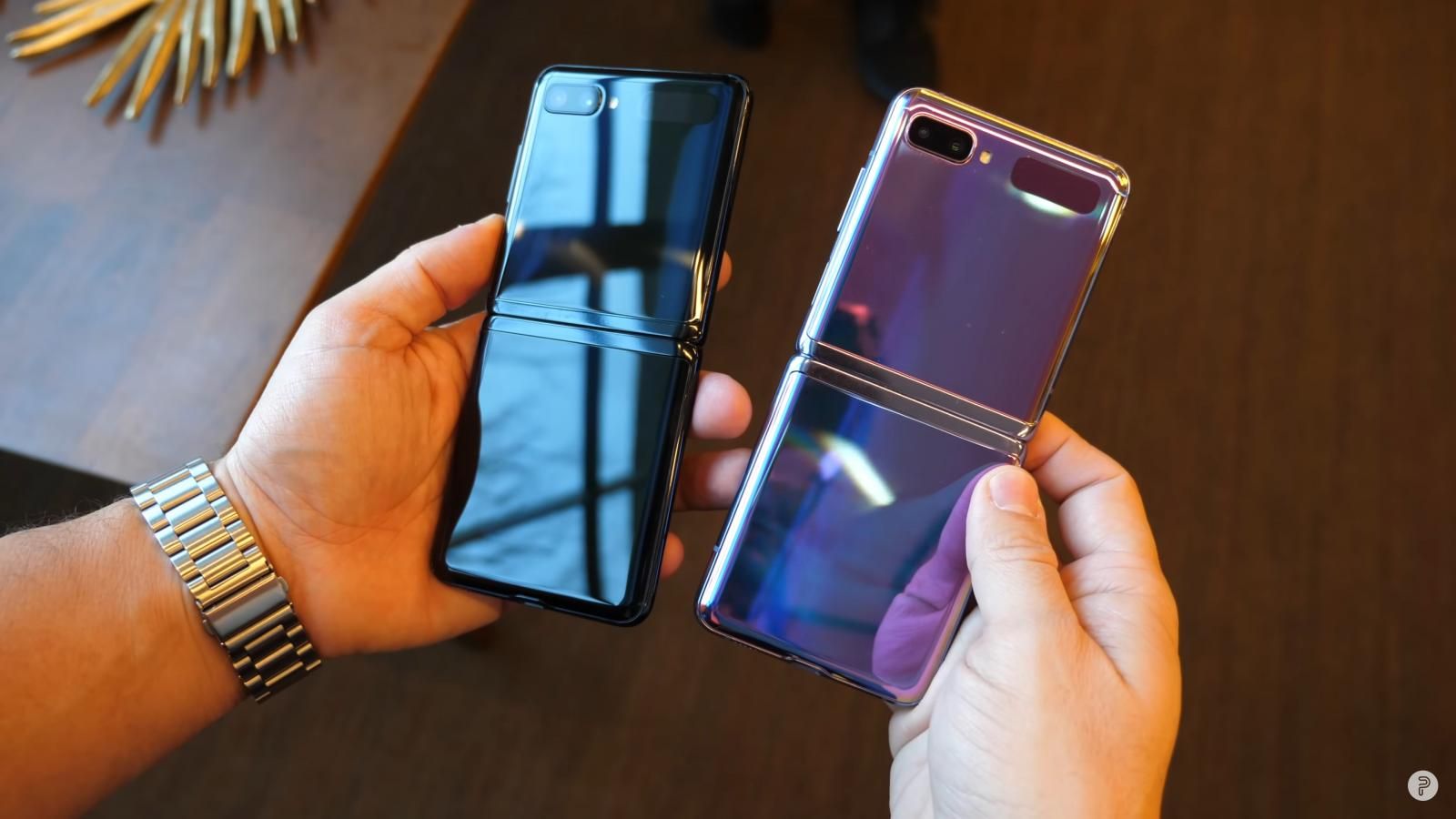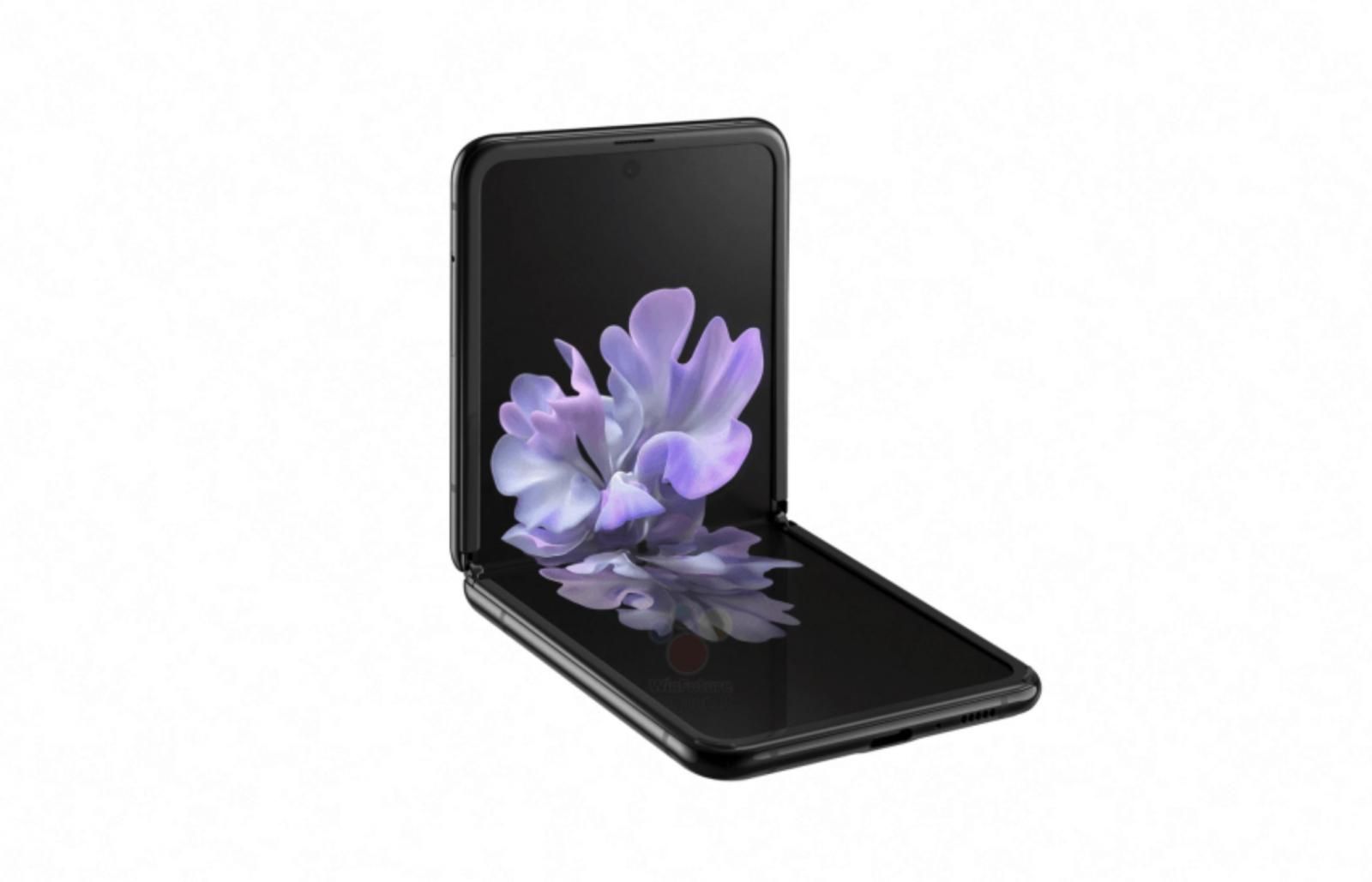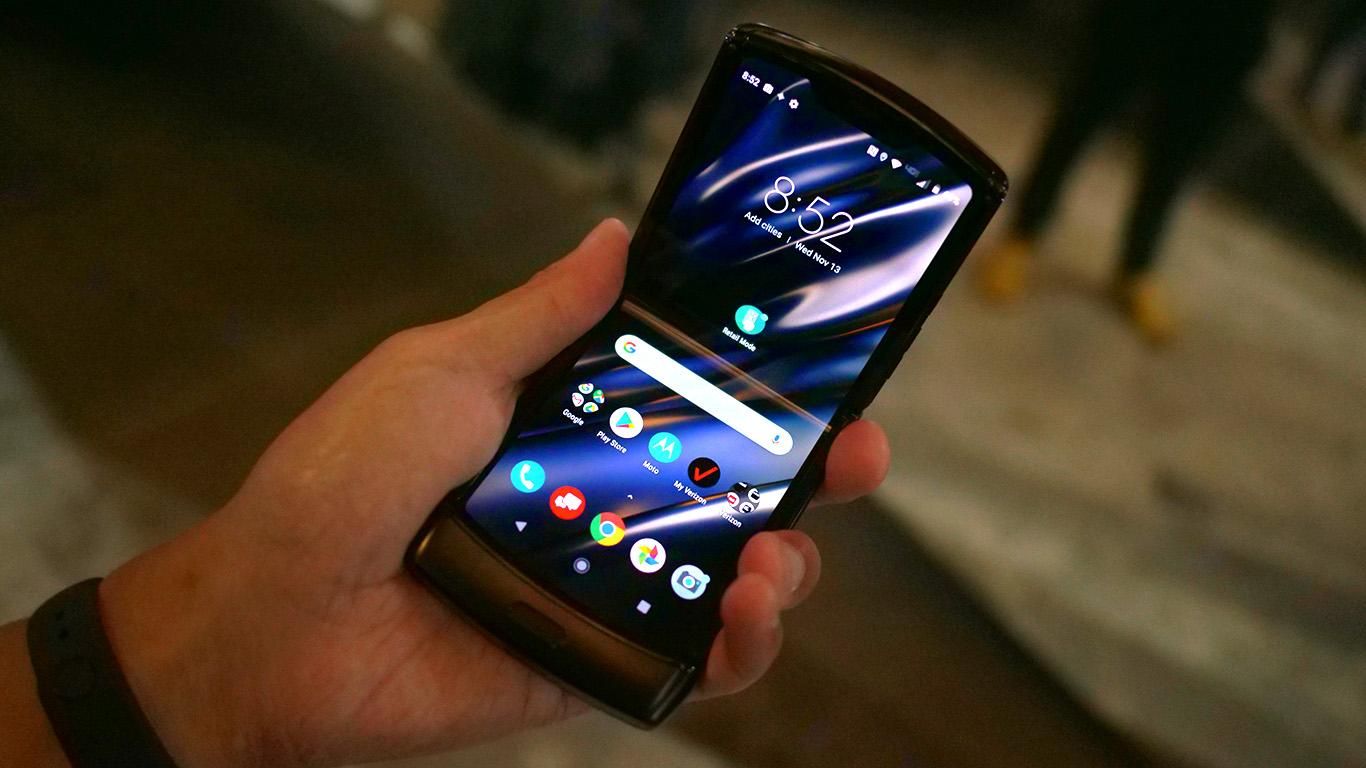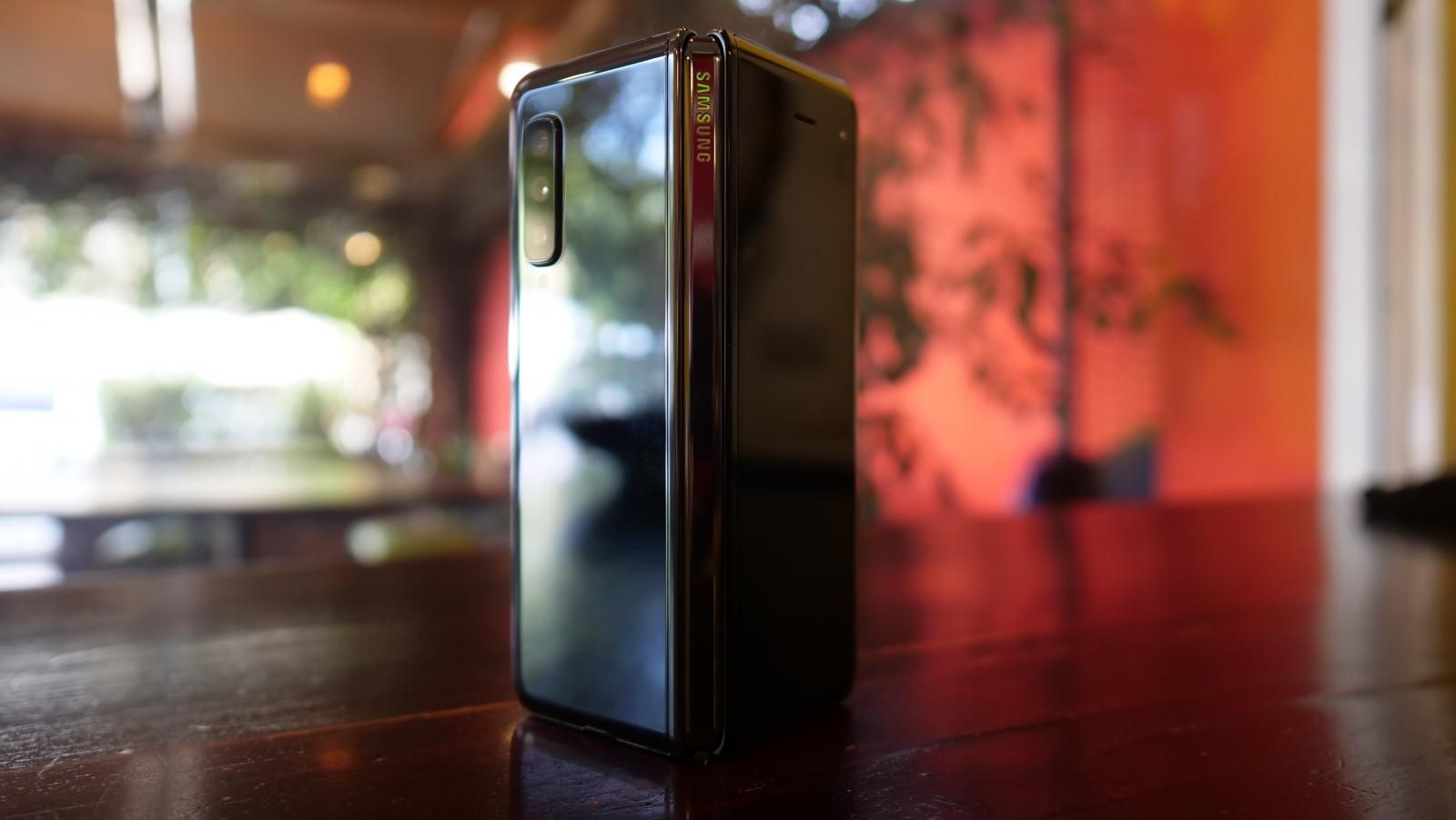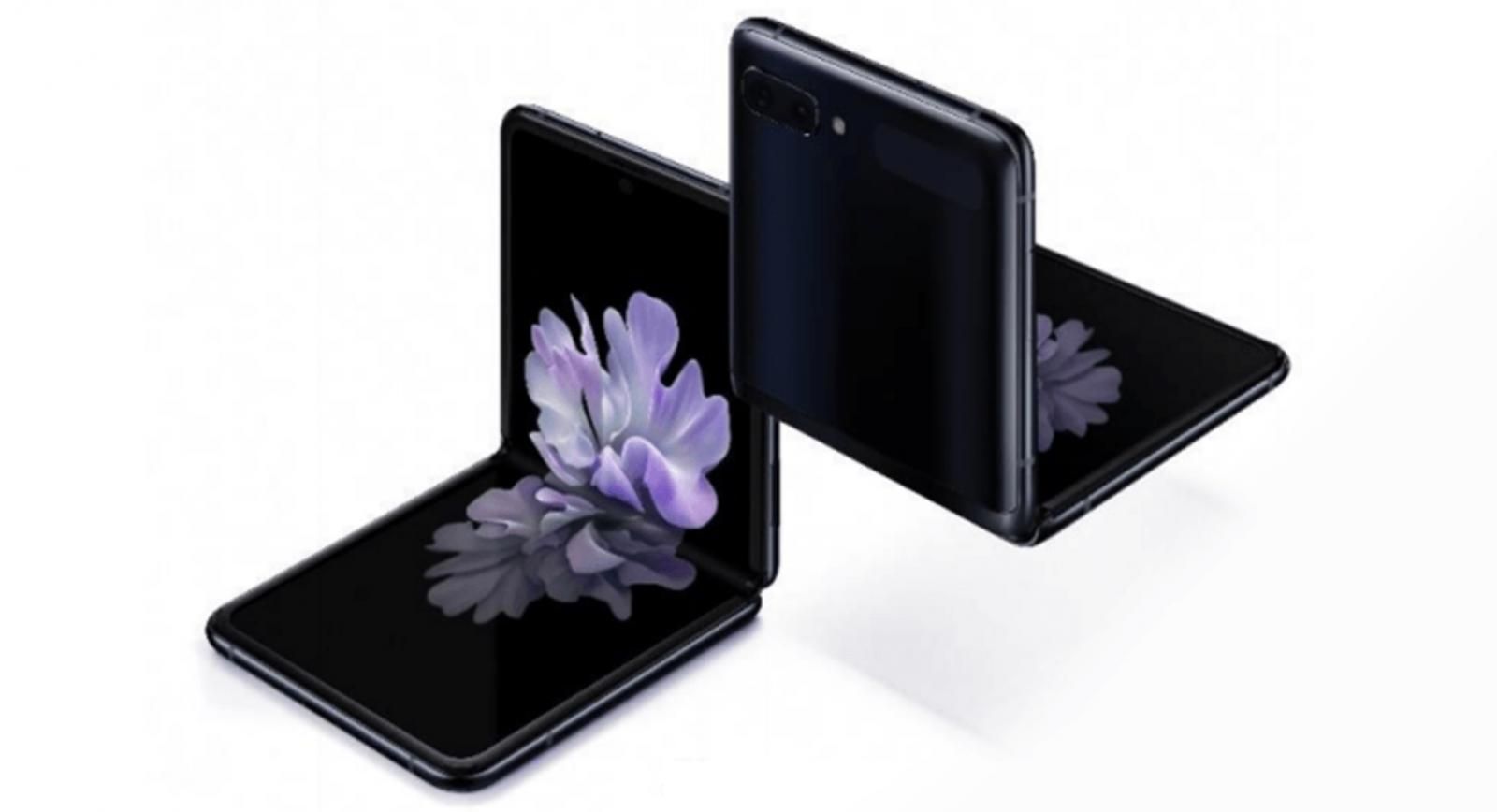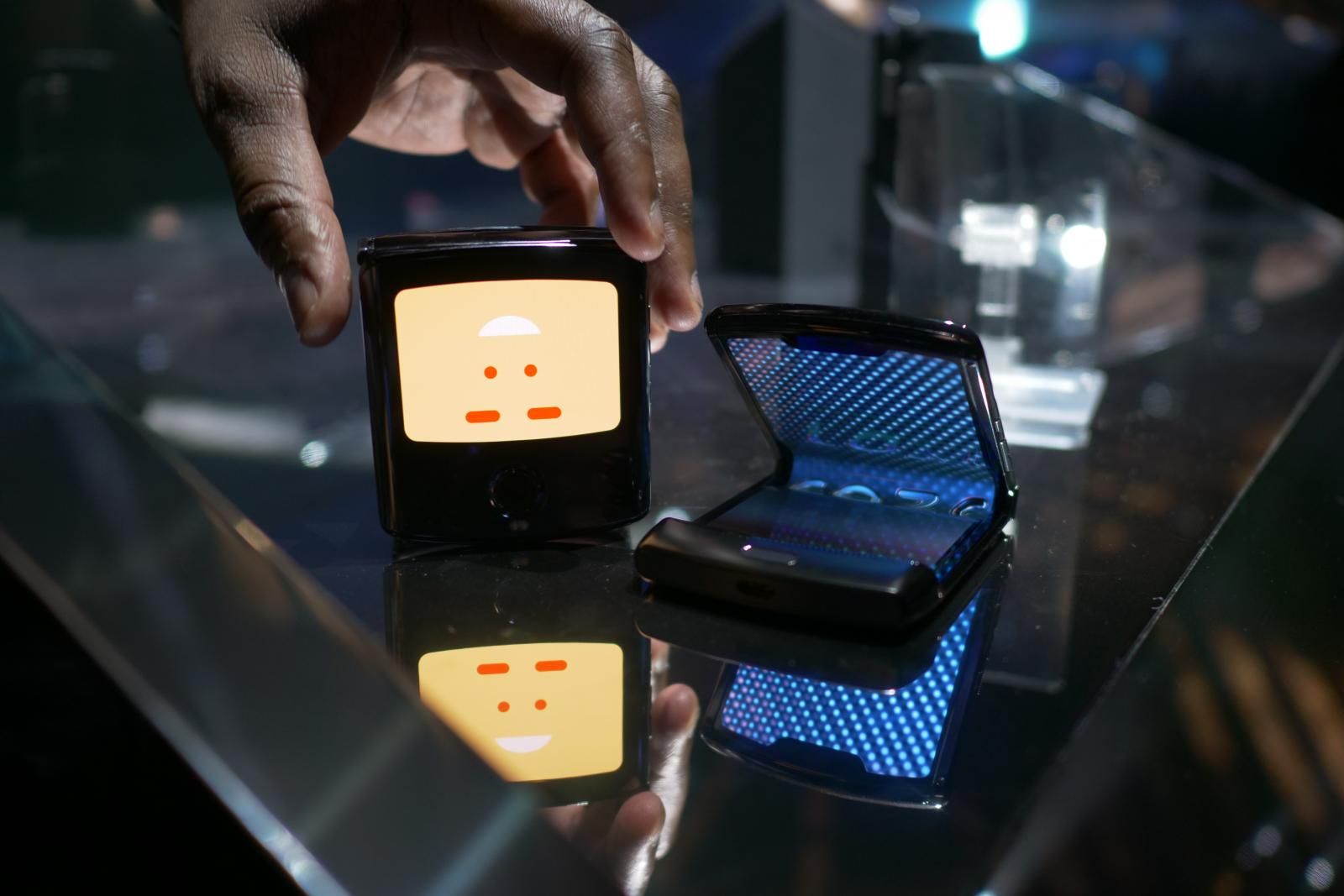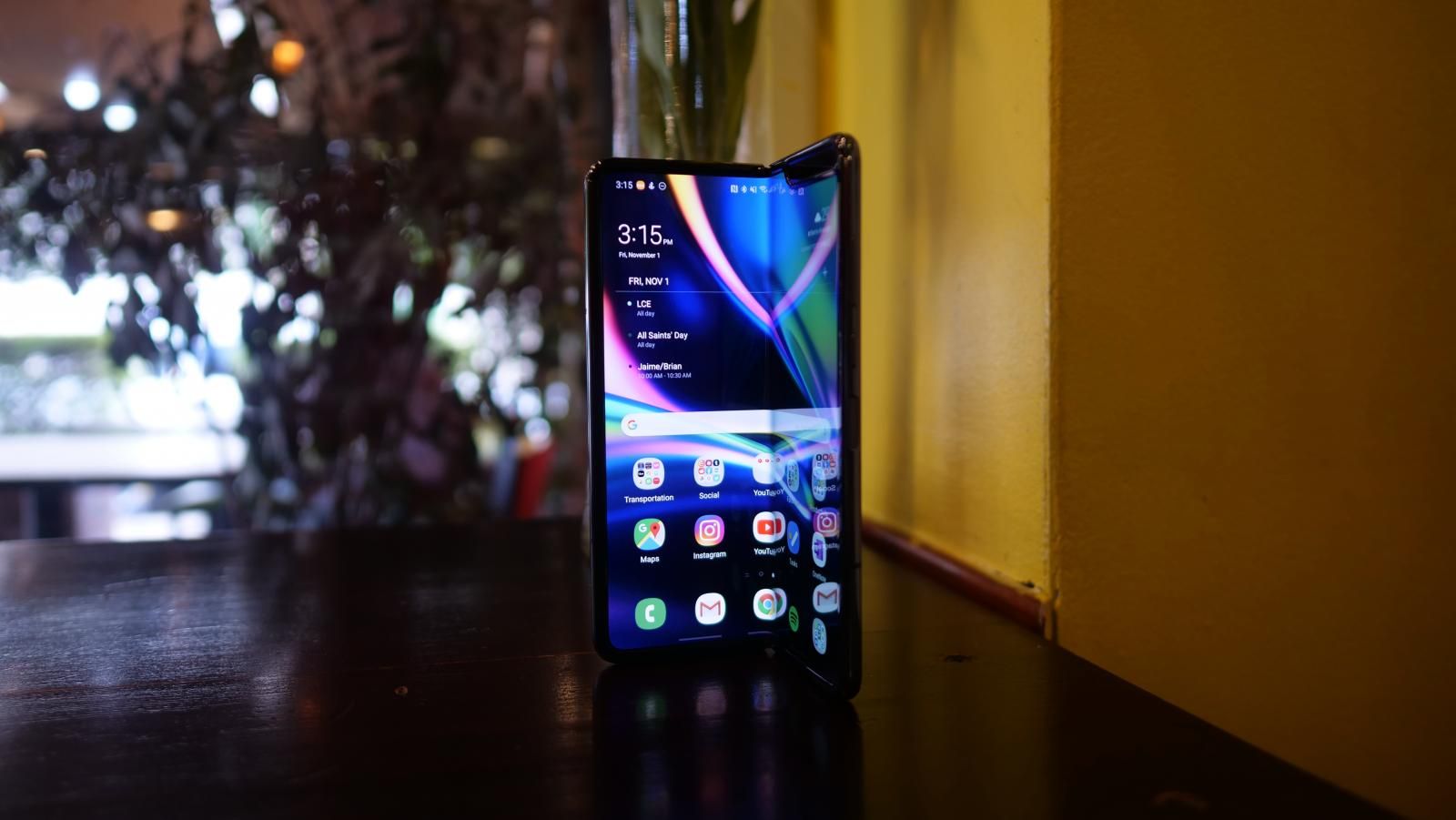Foldable phones are slowly catching up, despite mounting skepticism regarding the durability aspect and their very existence. Heck, smartphone makers appear to be in a race to launch foldable phones and take an early lead in the nascent segment. The first name that comes to mind when talking about foldable phones is Samsung. I am currently using the Galaxy Z Flip -Samsung’s flashy new clamshell foldable phone – as my daily driver. And as much I am enjoying seeing people get wowed every time I flip it open and close, I don’t see any substantial value that this phone has added to my smartphone experience.
I have previously used the Galaxy Fold and have spent a fair amount of time with the Moto RAZR as well. And surprisingly, despite being foldable phones, I have come to realize that all three are targeted at a very different market segment. Here are my impressions on how these three devices stack up against each other, and why you should care about them:
The form factoris different, and so is the audience
The Galaxy Z Flip is a clamshell foldable phone, and so is the Moto RAZR. But that’s where the similarities end, as they both employ a very different hinge design and internals. Thankfully, the Moto RAZR’s cover display is large enough to comfortably see notifications, use it as a viewfinder, control music playback, and reply to a message with voice messages. But that’s just about it.
As for the Galaxy Z Flip, it is essentially a 2019 flagship phone that folds in half and looks good while doing so, but the tiny cover display is only good for checking the time. Or to put it straight, it is barely usable. The real choice here is between the Galaxy Z Flip’s flashy looks and the Motorola RAZR’s vintage appeal.
The Galaxy Fold is an altogether different beast, and is targeted squarely at improving productivity. You get a phone that essentially turns into a tablet when you unfold it. A larger screen real estate means significantly better split-screen multitasking experience. The Galaxy Fold indeed delivers at that promise and is also a joy to consume media and play games. And oh, did I mention I absolutely loved reading books on the Galaxy Fold? With the Galaxy Fold and Moto RAZR, all you get is the convenience of folding them in half and putting them comfortably in your pocket.
So, here’s the deal in plain and simple words:
If you seek the versatility of a tablet-phone hybrid and want to make the most out of a foldable phone, get the Galaxy Fold. In case you are looking to make a statement but also don’t want to make a compromise on the performance, the Galaxy Z Flip is your best bet. And if all you want is a clamshell foldable phone that can help you relive those classic Razr V3 vibes, your only option is the Moto RAZR.
Power comes at a price, albeit unevenly
As mentioned above, the Galaxy Fold is targeted at people who want to do more with their foldable phone, and in my experience, that phone-tablet hybrid design is extremely well suited for it. The Snapdragon 855 at its heart paired with 12GB of RAM and 512GB of internal storage ensures that it can handle everything with ease. The triple rear camera setup is borrowed straight from the Galaxy S10 and Galaxy Note 10 series, and it delivers stellar results for both photos and videos. The 4.6-inch cover display is fully-functional, and despite being difficult to type on and watching videos, we can live with it.
Plus, when unfolded, the 7.3-inch inner display with its full-HD+ resolution is a treat for split-view multitasking, watching videos, and doing a lot more. Yes, the 4,380 mAh battery struggles to last a full day if you use the phone in tablet mode extensively, but with regular usage, I could easily finish a day with the Galaxy Fold without having to charge it any time in-between. Needless to say, the Galaxy Fold is a fully-loaded package and makes the best case for a foldable phone being more useful than a regular glass slab phone. Just be ready to spend around two grand for all that power and versatility.
But when it comes to the Galaxy Fold and the Moto RAZR, you have to choose between power and nostalgia. The Galaxy Z Flip has the hardware of a 2019 Samsung flagship. You get the still-fairly-powerful Snapdragon 855 SoC, 8GB of RAM, 256GB storage, dual 12-megapixel cameras, and a 3,300mAh battery. You can play any graphics-intensive game on the Galaxy Z Flip without breaking a sweat or run a lot of apps at once without coming across any stuttering whatsoever.
Plus, the Flex Mode and a few other software tweaks ensure that you can make the most out of the clamshell foldable form factor. In my ongoing experience with the Galaxy Z Flip, I have not noticed it struggle at anything so far. Essentially, you have a 2019 flagship that also bends in half and has some clever software tricks up its sleeve. Although it is not cheap by any means at $1,380, the price is more or less justified.
As for Moto RAZR, it is all about reviving an icon. The design is an homage to arguably one of the most beautiful phones ever made in some people’s view. However, the internal hardware barely qualifies as mid-range. The Snapdragon 710 at its heart is years old now, but it can still run apps and games smoothly, thanks to the 6GB of RAM accompanying it. Just don’t expect it to run PUBG Mobile with graphics set to ultra and peak frame rate presets.
The 6.2-inch P-OLED display won’t break any pixel density records, but it gets the job done. Plus, the 2.7-inch cover display comes in handy to use as a viewfinder for capturing a quick selfie, checking notifications, controlling music playback, and replying to messages via voice. There is a single 16-megapixel main camera, but the results are downright disappointing. There is no other way to put it. We have seen much better performance and versatility from a Xiaomi or Realme phone that costs ten times less than the Motorola offering.
Needless to say, the internal hardware of the Moto RAZR is extremely overpriced at $1,500, and rightfully so. To Motorola’s credit, the specifications were locked a couple of years ago, so you have to live with it. But the phone’s true objective is bringing back the iconic form factor of the original Razr in a modern avatar, and the Moto RAZR does a commendable job of doing it.
Why should I pay more for less durability?
Out of the trio, the Galaxy Fold is the costliest, yet it is also the most fragile. The Galaxy Fold has had its fair share of hardware issues in the past, even forcing Samsung to start a massive recall, redesign it, and then launch it again. However, Samsung still advises you to keep it safe from dust and water, and also be gentle with the display because anything sharp – even your nails – will leave tiny dents all over it. Plus, the cost of repair for a one-time screen replacement is enough to buy a decent mid-range Android phone. Actually, it would be an understatement to say that buyers are advised to handle the phone with extreme care.
The Moto RAZR and the Galaxy Z Flip have somewhat of an equal standing here. The Motorola phone’s hinge makes a very audible sound, and despite being splash-proof, the phone is not impervious to particle damage. The gap between the foldable panel and the inner machinery is easily visible to the naked eye. Just a few particles going in and an unfortunate press on the plastic OLED panel above one of these particles is enough to do the damage.
Moreover, a recent durability test proved that the Moto RAZR’s hinge is not as good as Motorola’s claims. The very audible creaking noise produced every time you open or close the hinge is something that you should not be hearing on a $1,500 kit. However, Motorola says buyers need not worry and that they can open/close the Moto RAZR with a quick flip like the cool gadget it is without worrying about the hinge giving up, or the display sacrificing a line of pixels.
As for the Galaxy Z Flip, the hinge mechanism is solid. It bends smoothly at any angle and remains steady without making any noise whatsoever. Despite being the most affordable – but not exactly for everyone, at $1380 – phone out of the trio, the Galaxy Z Flip has the most reassuring build. It is sleek, stylish, and sturdy to the right extent. But do keep in mind that the crease is here to stay, and it will be an eyesore on all three phones, whether you like it or not.
Samsung says it has used an ultra-thin glass layer on the Galaxy Z Flip, which ideally means it will fare better than the Galaxy Fold or Moto RAZR on any given day. The hinge mechanism even has a microfiber apparatus to make sure that dust particles don’t enter and damage the internals. Plus, it does not produce any sound whatsoever when the hinge comes to life while unfolding or folding the phone. However, it is not splash-resistant unlike the Moto RAZR, and is also a fingerprint magnet – just like the Galaxy Fold.
Final thoughts
But at the end of the day, it would boil down to your preference – are you willing to pay handsomely to just satiate your nostalgia? Or, you can save some dollars and make better use of your money by purchasing the Galaxy Z Flip? The choice is yours. As for me, I would shell out an additional half a grand for the Galaxy Fold, getting a pocketable Android tablet with all the bells and whistles of a modern flagship, despite being well-aware of its extremely fragile build.
But if you don’t want to purchase any of the three foldable phones and would rather spend your money on something like the Galaxy S20, OnePlus 7T, or the iPhone 11, you won’t regret anything. Yes, you will miss out on the charisma of owning a foldable phone, but on the bright side, you will save yourself from the durability hazards and hassles that come with it.

